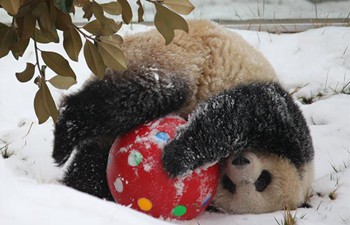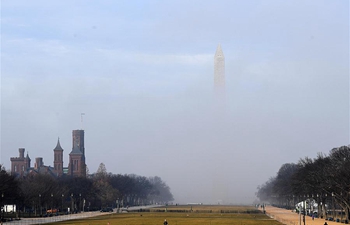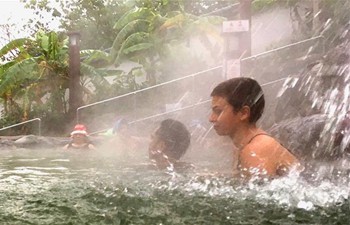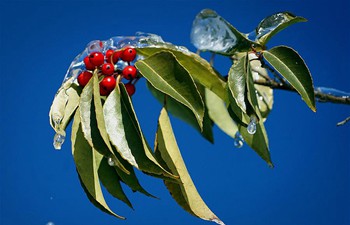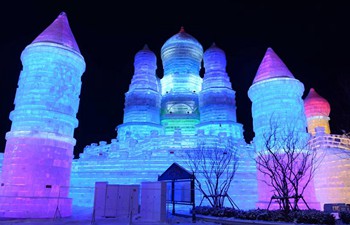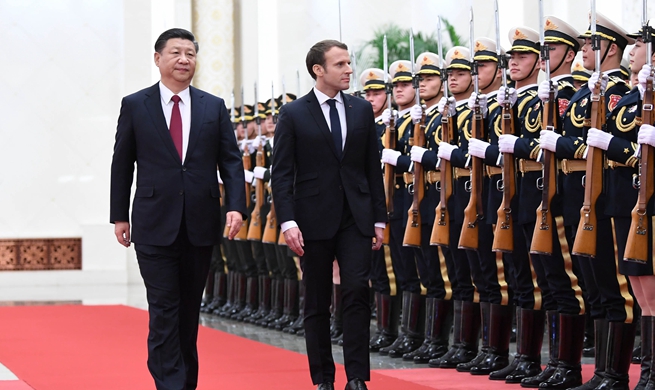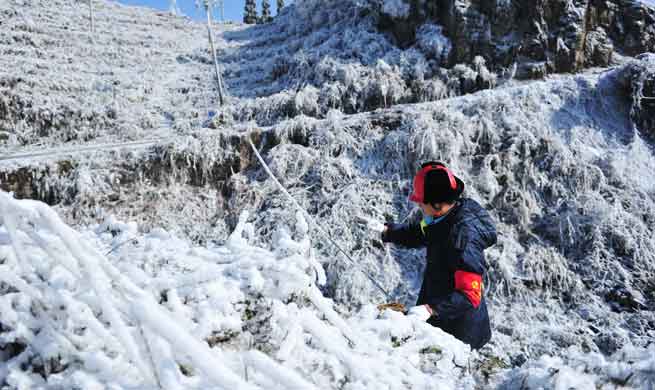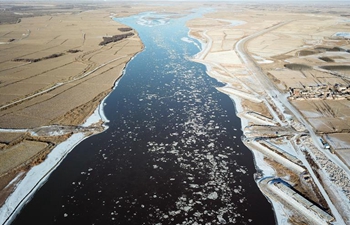SUVA, Jan. 10 (Xinhua) -- Fiji's population now stands at 884,887, an increase of 5.7 percent as compared to 837,271 in the 2007 census.
Announcing the result of the 2017 national census which was done in September and October last year, Fiji's Bureau of Statistics attributed the slow population growth to low birth rates and out migration.
The average annual population growth in Fiji is 0.6 percent. Some 69 percent of the South Pacific island state's population is below the age of 40. The median age of the country's population is 27.5 years, which means that half of the population is below the age of 27.5 years, the bureau said at press conference here on Wednesday.
Men make up 50.7 percent of the population while women make up 49.3 percent. While the proportion of males was higher below the age of 59 years, the female population was higher in the age groups above 60, indicating greater female longevity.
Some 55.9 percent of Fiji's population reside in urban areas, an increase from 50.7 percent in 2007. The urban population stood at 494,252, an increase of 16.3 percent from 2007. This is attributed to extension of town boundaries and also due to movement of people from rural to urban areas.
According to the bureau, 44.1 percent of Fiji's population reside in rural areas, down from 49.3 percent in 2007. Rural population stood at 390,635, a decline of 5.3 percent from 2007.
Unemployment rate was down to 4.5 percent, the lowest recorded in 20 years. This is lower than the 5.5 percent unemployment rate estimated from the 2015-2016 Employment and Unemployment Survey.
The Labor Force Participation Rate (labor force/ population aged over 15 years) is 57.1 percent. Some 62.7 percent of the population aged 15 years and older reported to having bank account. This represents a total of 392,148 individuals.
Some 13.7 percent of the population aged three and above reported at least one functioning challenge (disability). The international benchmark is 15 percent.




